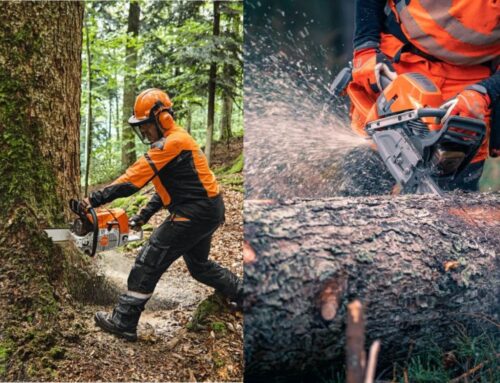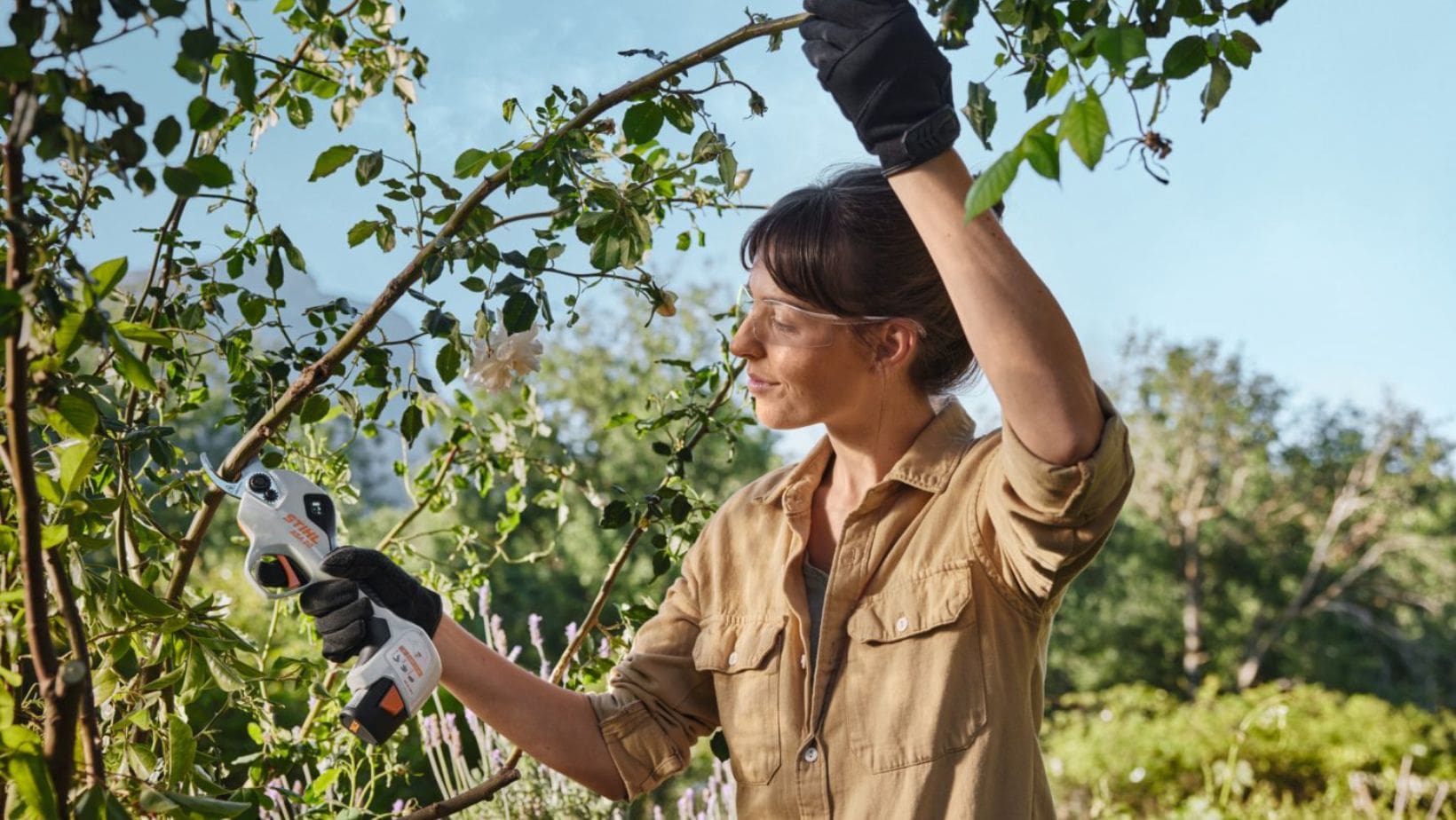
10 Top Pruning Tips for a Healthier, More Attractive Garden
A thoughtful prune can transform a tired old border into a showpiece, coax shy shrubs into flower, and keep trees strong, safe, and shapely. Done well, pruning is all about guiding growth, so that each plant looks and performs its best.
Here, we offer ten practical garden pruning tips—covering shrubs, hedges and trees—so you can use your secateurs and other pruning tools with confidence. You’ll find information on timing, technique, and popular species-specific advice, including rose pruning tips, lavender pruning tips, and hydrangea pruning tips.
So, if you want tips for pruning that will protect your plants’ health, encourage flowering, and keep your garden looking beautiful, please read on…
 Tip 1: Prune with Purpose
Tip 1: Prune with Purpose
Before you cut anything, decide what you want the plant to do next: flower lower down, stay compact, fruit more reliably, or simply look tidier. Your aim determines your approach.
As a general rule of thumb, plants that flower on new wood are best cut in late winter or early spring to spark fresh shoots and big blooms. Plants that flower on old wood should be shaped immediately after flowering so you don’t remove next year’s buds.
Deciduous trees and shrubs tolerate structural pruning while dormant because stored energy in the roots supports vigorous regrowth. Evergreens, which keep their leaves and don’t bank energy in the same way, prefer light shaping after flowering but not hard cuts in deep winter.
Keeping these plant pruning tips in mind makes every subsequent decision easier.
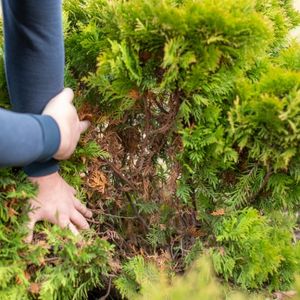 Tip 2: Start with the ‘Three Ds’
Tip 2: Start with the ‘Three Ds’
Healthy plants breathe and move freely. Begin every job by removing dead, diseased or damaged wood as soon as you spot it. These pieces invite pests and pathogens and offer nothing to the plant. Next, take out crossing or rubbing branches that can wound each other, along with suckers from the base and water shoots that divert energy from the main part of the plant.
Once the clutter’s gone, thin the centre selectively to admit light and air; this reduces fungal problems and helps flowers and fruit ripen evenly.
These universal pruning tips are simple, quick wins that benefit shrubs, hedges, and trees alike.
 Tip 3: Use the Right Tool and Make Cuts Clean
Tip 3: Use the Right Tool and Make Cuts Clean
Sharp, clean tools make sharp, clean plants. Use bypass secateurs for green stems and precise cuts, loppers for thicker branches, and a pruning saw for anything bigger. Disinfect blades between plants—especially after diseased material—to prevent it spreading.
When removing a branch, cut just above the collar (the slight swelling where the branch meets the trunk or main stem) so the plant can seal the wound efficiently. For heading cuts, trim back to an outward-facing bud at a slight angle, which nudges new growth away from the plant’s centre.
Crisp technique is one of the most essential garden pruning tips because it speeds healing and reduces stress.
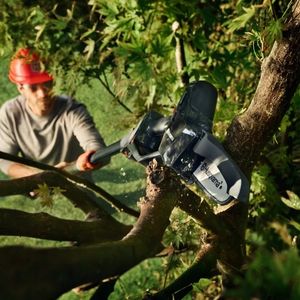 Tip 4: Practical Tips for Trimming Trees
Tip 4: Practical Tips for Trimming Trees
Strong trees start with good structure. In the first few years, focus on formative pruning: establish a clear leader for shade trees (like oak), remove competing or steeply angled branches, and space scaffold branches so light reaches the interior. During winter dormancy it’s easier to see the framework and make measured cuts.
For fruiting varieties—apples and pears in particular—open up the crown to let air and sunlight in for reliable crops.
These measured tree pruning tips prevent the heavy topping that leads to weak regrowth and future hazards. If you’re planning significant work on large trees, consider a qualified arborist; not every job should be DIY.
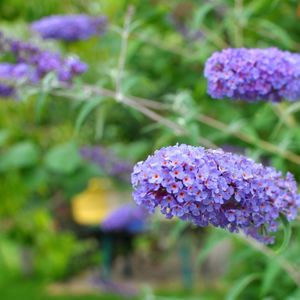 Tip 5: Match Your Approach to Flowering Habits
Tip 5: Match Your Approach to Flowering Habits
The most reliable shrub pruning tips begin with one question: when does it flower?
Shrubs that bloom from mid-summer onwards (such as Buddleja and Hydrangea paniculata) typically flower on new wood, so prune in late winter or early spring to a sturdy framework to stimulate vigorous shoots.
Spring-flowering shrubs (think forsythia and lilac) set buds the previous year, so prune immediately after bloom.
For overgrown or leggy shrubs, rejuvenation over two or three seasons—removing a third of old stems each year—restores shape without shocking the plant.
These tips for trimming shrubs keep borders balanced rather than bare at the base.
 Tip 6: Tips for Hedge Trimming—Taper, Time and Tidy
Tip 6: Tips for Hedge Trimming—Taper, Time and Tidy
A well-kept hedge frames a garden brilliantly. For evergreen hedges, carry out shaping once new growth has firmed up; for deciduous hedges, light trims in summer and fuller work in winter maintain density.
Always cut so the base is slightly wider than the top, ensuring light reaches lower growth and preventing that tell-tale bald skirt. Remain ultra vigilant during bird-nesting season and don’t clip when frost is forecast. Keep shears or a hedge trimmer moving in smooth strokes and step back often to check the line.
These bush trimming tips are simple but will transform the finish—and they pair perfectly with regular, light maintenance rather than sporadic hard chops.
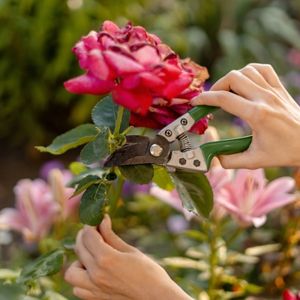 Tip 7: Rose Pruning Tips for Abundant Blooms
Tip 7: Rose Pruning Tips for Abundant Blooms
Good rose care is all about balance: remove what the plant doesn’t need so what remains can flower its heart out. In early spring, as rose bush buds swell, take out dead or crossing growth and reduce healthy stems by around a third, cutting to outward-facing buds to open the centre. Hybrid teas thrive on this routine.
Climbers benefit from tying long, flexible canes horizontally to encourage flowering shoots—prune side shoots back to a few buds. Ramblers that flower once on old wood should be trimmed after their summer show. Keep cuts neat and tools spotless to minimise disease.
 Tip 8: Hydrangeas and Lavender—Types and Timing
Tip 8: Hydrangeas and Lavender—Types and Timing
Two of Britain’s favourite shrubs need slightly different handling. In terms of hydrangea pruning tips, firstly identify whether yours flower on old wood or new. Bigleaf and lacecap types develop buds on last year’s stems, so delay major pruning until after flowering—usually late summer—removing only spent heads and a selection of the oldest stems at the base to renew growth. Panicle and smooth hydrangeas bloom on new wood and can be cut back in late winter or early spring.
As for lavender, trim in late summer after the flowers fade, taking back the soft growth to a tidy dome but never into old, woody stems, which rarely reshoot. A light spring tidy to remove frost-damaged tips is fine. Follow these lavender pruning tips and they’ll stay compact, colourful and long-lived.
 Tip 9: Work with the Seasons
Tip 9: Work with the Seasons
The British climate rewards seasonal nuance. Late winter into early spring is ideal for work on deciduous trees and many summer-flowering shrubs.
Spring is perfect for clearing old stems from ornamental grasses and perennials, and for lightly thinning evergreen shrubs once the risk of frost has passed.
Summer suits light shaping, deadheading, and the short-back method for soft growth on fruit trees—one of the most practical tips for trimming trees.
As autumn approaches, our fall pruning tips include reducing wind-catching stems in exposed gardens and lightly shortening tall roses to stop them rocking in winter.
Avoid major cuts right before a cold snap; fresh wounds can be damaged, slowing recovery.
 Tip 10: Water, Feed and Tidy, for Faster Recovery
Tip 10: Water, Feed and Tidy, for Faster Recovery
Pruning is only half the story; considerate after-care speeds up the rebound. Water recently pruned plants during dry spells so they can push new growth without stress, and mulch in spring to lock in moisture and support soil life.
Avoid heavy feeding directly after a hard prune—it can cause excessive leafy growth and nutrient imbalance—but a balanced feed at the right time will help shrubs and trees re-establish.
Collect and bin diseased prunings; compost whatever’s healthy. Keep an eye out for dieback on new cuts and act quickly if you spot problems.
These plant pruning tips ensure your careful work translates into sturdier, healthier, more attractive plants over the long term.
 Timing, Technique, and Tools Matter
Timing, Technique, and Tools Matter
With the right timing, clean technique and a little plant-by-plant insight, pruning stops feeling daunting and starts feeling deeply satisfying. Use the guidance above as a year-round companion—blend those tree pruning tips with shrub-specific know-how, follow species-focused advice with rose pruning tips and hydrangea pruning tips, and keep a light, regular touch on hedges.
Getting great results, of course, depends on making accurate, low-stress cuts. That starts with a comfortable pair of bypass secateurs for fine work, sharp loppers for thicker stems, and a reliable pruning saw for larger branches. Add a dependable powered trimmer for hedges, plus a pole pruner or chainsaw for larger trees, and you’ve got all the pruning tools required.
Investing in the right kit always repays you with quicker work, neater finishes, and healthier regrowth across the garden.
Why Buy Pruning Tools from GMD
 If you’re ready to put these pruning tips into practice, equip yourself properly and the rest becomes straightforward. At Garden Machinery Direct, we offer an unrivalled selection of pruning tools for sale—from premium secateurs & pruning shears to pruning saws, pole pruners, hedge trimmers, and chainsaws for pruning trees. We also offer friendly expert advice to help you choose the perfect kit for your garden and budget. Buy your pruning tools from us to feel the difference from the very first cut.
If you’re ready to put these pruning tips into practice, equip yourself properly and the rest becomes straightforward. At Garden Machinery Direct, we offer an unrivalled selection of pruning tools for sale—from premium secateurs & pruning shears to pruning saws, pole pruners, hedge trimmers, and chainsaws for pruning trees. We also offer friendly expert advice to help you choose the perfect kit for your garden and budget. Buy your pruning tools from us to feel the difference from the very first cut.

